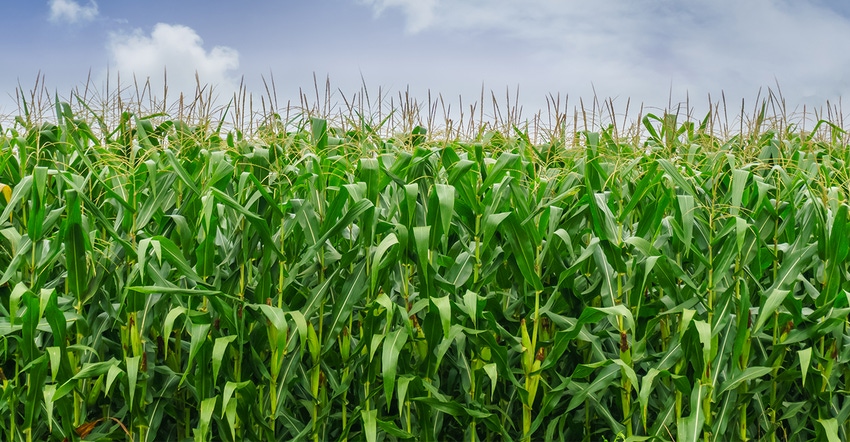August 9, 2017

By Crystal Siemers-Peterman
While traveling across the state of Wisconsin, many of us drive past a field of corn at 70 mph and don’t think twice. It’s more than just a field of corn. It goes beyond the feed fed to our livestock. It provides more than just fuel in our tanks. Wisconsin’s incredible corn industry is making an impact on our state and our economy.
Versatile commodity
Wisconsin ranks among the top 10 corn-growing states in the nation. Corn, or maize to the rest of the world, is such a versatile crop, as everything on a corn plant is usable. Corn plays a significant role in human history, as it was used as a food source for animals and humans. The development of the modern U.S. corn industry has allowed us to continue to use corn in various ways. Grain corn is in over 4,000 different products, from spark plugs to tennis shoes.
The way farmers measure corn is through bushels. A bushel of corn weighs 56 pounds. Remarkably, a single bushel is capable of producing 18 pounds of livestock feed, 2.8 gallons of ethanol fuel, 14 pounds of corn gluten pellets, 1.8 pounds of corn oil and 17 pounds of carbon dioxide (used in ice, the beverage industry and water treatment facilities).
In 2016, Wisconsin harvested 573.1 million bushels of corn for grain production on 3.22 million acres. If that’s not impressive enough, in 2016, Wisconsin set a record average corn-for-grain yield of 178 bushels per acre. The counties with the highest corn production in order are: Dane, Grant, Rock, Lafayette and Columbia.
Most of the corn you see in fields is grain corn. Grain corn is used to feed poultry, pigs and cows. Grain corn is also used for ethanol, corn oil, cornstarch and other non-food uses.
Wisconsin’s nine ethanol plants produce more than 500 million gallons of ethanol a year, which makes Wisconsin the ninth-largest ethanol-producing state in the country. Thirty-seven percent of corn in Wisconsin is used in ethanol production. This industry generates $4.2 billion in economic activity, impacting more than 19,000 jobs.
Another product that corn can be turned into is corn silage. Corn silage is chopped and fed to cows. Corn silage is an important source of forage in Wisconsin. It is a consistent feed with high yields that provides high energy to livestock. Wisconsin even leads the nation in corn for silage. Fifty percent of the corn grown here is used for livestock feed.
Sweet corn is what you buy at the store or farmers market and can be canned, frozen or eaten fresh off the cob. Less than 1% of the U.S. corn crop is sweet corn for human consumption. Sweet corn is harvested when the kernels are soft and sweet, which makes it an incredibly tasty treat to enjoy at home or at a county fair. Other countries enjoy Wisconsin sweet corn, as our state leads the nation in the export of this summertime staple. In Wisconsin, 10% of corn is used for exports.
Annually, corn and corn product exports add $301.9 million to Wisconsin’s economy. Wisconsin corn is making a significant impact on our lives and for Wisconsin’s diverse agriculture industry.
Siemers-Peterman is the 70th Alice in Dairyland.
You May Also Like




